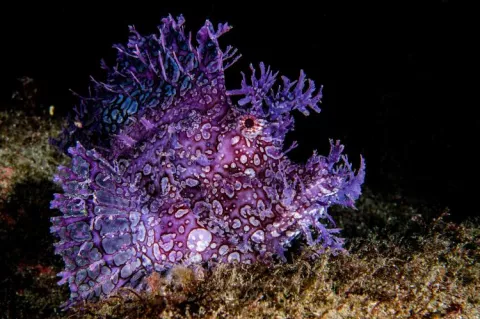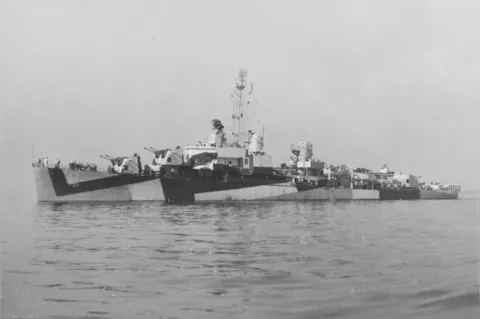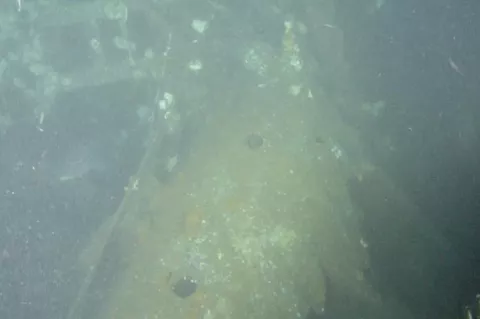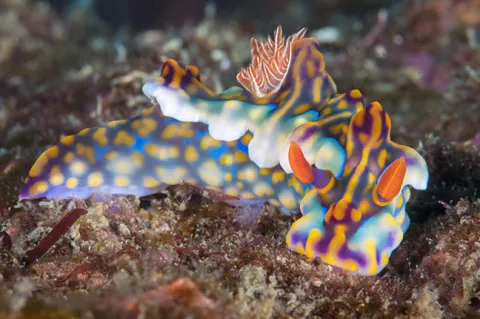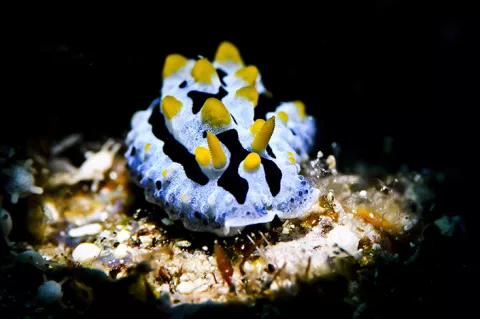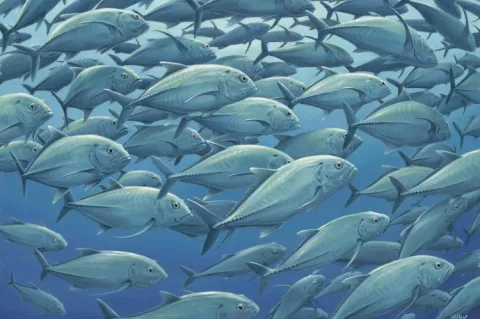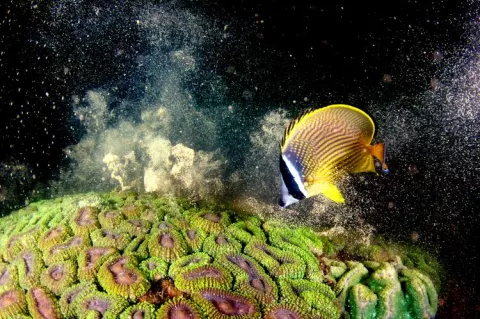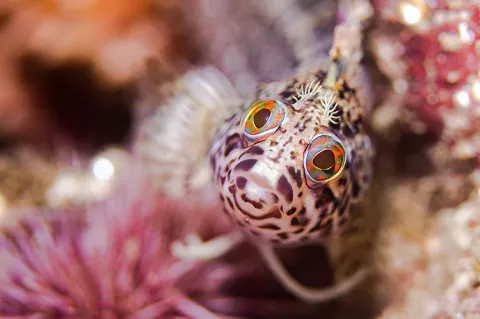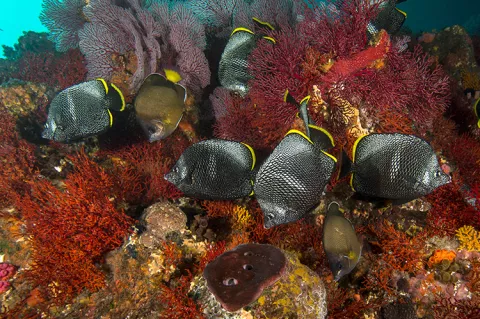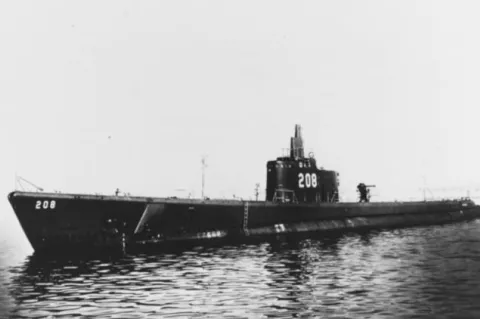Japan's Osezaki: Biodiversity Hot Spot of Tokyo
As a divemaster in Japan, I have enjoyed diving all around the world, and I will admit that there are many places on earth I would love to revisit soon. But for today, I would like to introduce my home country, Japan, as your next possible dive destination.

